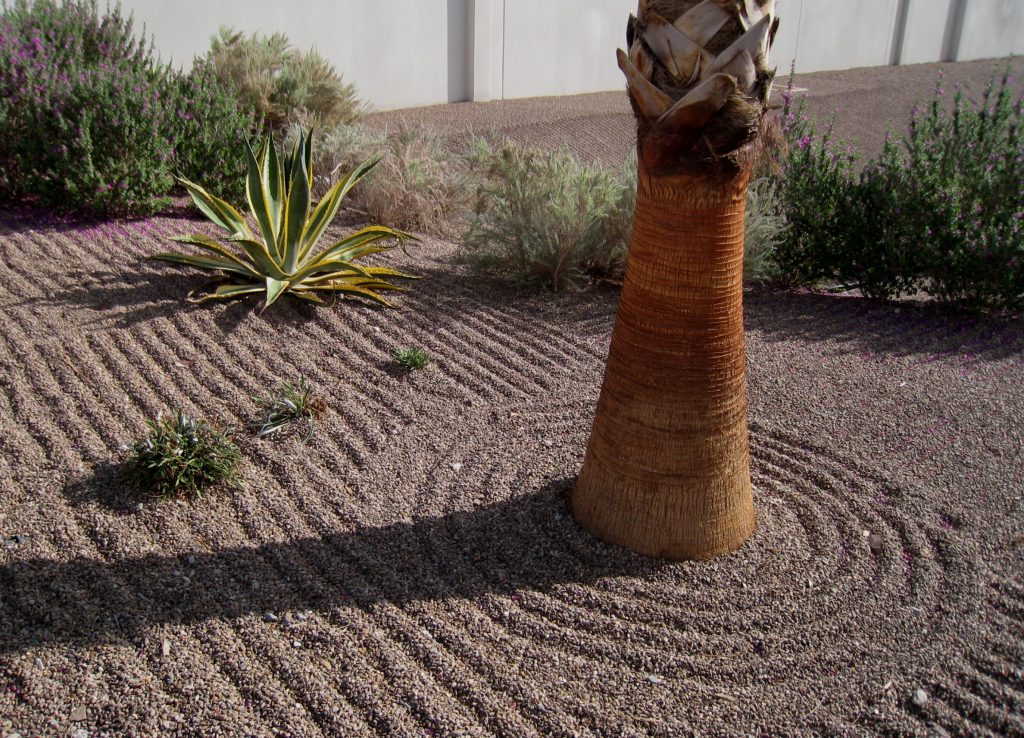Practical Application
Menu
Practical Application
- Contact the teams or people responsible for site operations and engage them in the site audit.
- Identify and focus efforts on the site audit elements that are most relevant to the facility.
- Evaluate site landscaping and hardscaping.
- Quantify landscaped spaces by area and percentage of total site.
- Identify the types of plants installed and note whether each species is native, drought-tolerant, habitat-providing, or a food crop.
- Document maintenance and irrigation practices, irrigation system conditions, equipment used, and products applied, such as mowers, mulches, and pest control treatments (see Water: Irrigation)
- Evaluate heat island and stormwater runoff impacts (see Site: Runoff, Erosion, and Sediment Control and Heat Island Mitigation )
- Quantify hardscaped spaces by area and percentage
- Identify the color and type of each hardscaped area, maintenance practices, and products used for cleaning and snow removal.
- Identify stormwater management systems or structures in use on-site, as well as their maintenance requirements.
- Note whether storms typically result in significant runoff from the site and, if so, locations where runoff causes erosion or flooding.
- Assess the type and application of products used for building exterior and landscape maintenance, including pest management (see Site: Exterior Maintenance and Integrated Pest Management).
- Collect maintenance records for exterior building and landscape maintenance, including pest management treatments.
- Identify products used, such as paints, sealants, cleaners, pesticides, de-icing agents, fertilizers, and fungicides.
- Assemble relevant material safety data sheets (MSDS) for each product used.
- Review applicable strategies and identify measure to increase efficiency and sustainability of site management, based on the audit results. Categorize opportunities as no- or low-cost, short-term, or mid- or longer-term initiatives.
- Consider no- or low-cost improvement such as product substitutions, repair of malfunctioning parts, schedule changes, or lamp replacement.
- Propose a schedule for mid- or longer-term strategies, such as replacing light fixtures, expanding permeable site surface area, or improving irrigation systems.
- Document existing and proposed site management measures in a report.
Landscape design enhances natural areas with indigenous plants

Image Source: U.S. Embassy Phnom Penh
Tagged practical application

